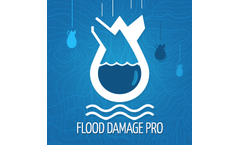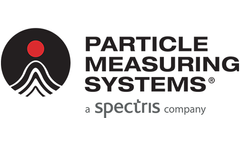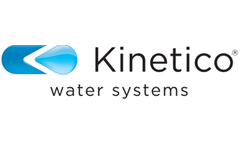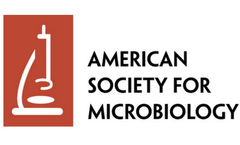Microbiology Contamination Articles & Analysis
13 articles found
Effective hand hygiene reduces the risk of meat contamination and the transmission of foodborne disease Clean hands are essential to health and effective handwashing is one of the simplest ways to prevent the spread of germs. Hand hygiene is particularly important in minimizing food safety risks along food animal chains, as there are many diseases that can be transmitted to humans from polluted ...
Newcastle disease is a highly infectious viral disease of the avian species. The causative agent is Newcastle disease virus (NDV), which belongs to the family of Paramyxoviridae. Many commercial vaccines, both live and inactivated, are available on the market and protect from NDV infection and disease. In addition, viral vectors based on Newcastle disease virus have been previously ...
ByNuvonis
Physical stability mainly refers to changes in physical properties, such as changes in appearance, odor, uniformity, solubility, and redispersibility. Biological and Microbiological Stability is a must to ensure that pharmaceutical preparations are not spoiled after microbial contamination. ...
Surgical instruments must be carefully sterilized prior to their use in any medical procedure, in order to protect the safety of the patient. However, healthcare professionals realize that sterilization has applications that extend far beyond the operating room. In dentistry, a number of techniques have been developed to keep instruments free of microbes and other hazardous bodily fluids. ...
We’re all in this together. So how can we as a community prevent the spread of COVID-19 in Alexandria, VA? Because we touch a lot of things with our hands, like tables, chairs, light switches, and doorknobs, the concern is that someone who has been infected may have left behind some of the virus on these high touch surfaces. Frequent handwashing can help keep it from spreading, but we need ...
All starting materials should have minimal microbiological contamination. Your contamination control strategy should document the quality of the materials in terms of microbiological monitoring or other requirements. ...
All activities must be effectively controlled for contamination-free finished products. In order to build the PQS, a risk assessment is performed that encompasses the entire process. ...
In this study we evaluated (1) the efficacy of a protocol that combines hydrogen peroxide (shock treatment) and ICX® tablets (continuous treatment) for the control of microbial contamination in dental unit water lines, and (2) the in vitro antimicrobial activity of ICX® tablets on collection and wild strains isolated from dental chair output waters. To assess the treatment effectiveness, the ...
Hundreds of waterborne disease outbreaks (WBDO) of acute gastroenteritis (AGI) due to contaminated tap water are reported in developed countries each year. Such outbreaks are probably under-detected. ...
Parents with small children should also be conscious of microbiological contaminants like Cryptosporidium and E. coli that are more dangerous to this age group. Children who drink contaminated water can experience malnutrition, dehydration and episodes of diarrhea, all potentially life-threatening conditions for the very young. ...
No quinolone residues were detected in any samples. The use of a microbiological method such as the STAR–test, for ARs screening in food is an effective low cost scheme indicating potential contamination with ARs.Keywords: STAR test, antibiotic residues, pork, chicken, antibiotic residue screening, swine tissues, poultry tissues, antibiotics, muscle tissue, liver ...
The objectives of this study were to examine the seasonal changes in the risk of gastrointestinal (GI) illness of beachgoers in the tropics, to compare the association between GI illness and water quality using various indicator organisms, and to study other beach health hazards. A prospective cohort study during two seasonal periods (summer and autumn) was conducted in a beach surrounded by ...
Cationic biocides (CBs) are widely used in domestic and public hygiene and to control biofouling and microbial contamination in industry. The increased use of biocides has led to concern regarding possible reductions in biocide effectiveness. Domestic drain microcosms were stabilized for 5 months and then exposed to polyhexamethylene biguanide (PHMB) at 0.1, 0.2, and 0.4g liter–1 over 6 months ...










